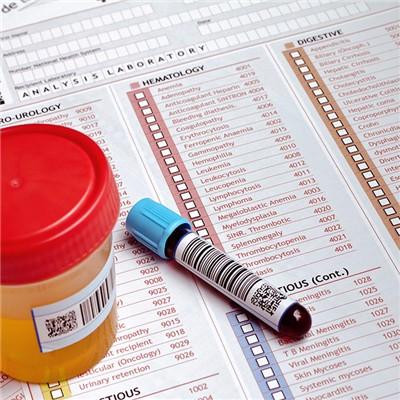What disease is kidney cyst
summary
My grandfather's discovery of renal cyst was totally accidental. There was no obvious manifestation at that time, but not all patients were like this. In short, it is very important to carry out timely treatment after discovery. Now let's take a look at what is renal cyst.
What disease is kidney cyst
First of all: renal cyst is the most common structural abnormality of adult kidney, which can be unilateral or bilateral, one or more, with a diameter of about 2cm, and there are also cysts with a diameter of 10cm, mostly in men. With the growth of age, the incidence is higher and higher, simple renal cyst generally has no symptoms, only when the cyst compression caused by vascular occlusion or urinary tract obstruction can appear corresponding performance, may have an impact on renal function. When the cyst is more than 5 cm, the corresponding treatment should be carried out, including aspiration of cystic fluid and injection of sclerosing agent or operation.

Secondly: most of the renal cysts we usually see are simple renal cysts, while the proportion of hereditary renal cystic diseases is relatively small. There are almost no simple renal cysts in patients younger than 20 years old. If cysts appear in individuals younger than 20 years old, congenital renal development problems or hereditary renal cystic diseases should be highly suspected. With the growth of age, the incidence of renal cysts is higher and higher. The incidence of simple renal cysts is about 10% in 30-40 years old, and more than 50% in 80 years old. Simple renal cysts are more common in men.

Finally: because simple renal cysts are mostly asymptomatic and have little effect on renal function and surrounding tissues, there is no need to treat them, only 6 months to 1 year follow-up is needed. If the diameter of the cyst is larger than 5 cm, or the symptoms of compression of surrounding tissue cause urinary tract obstruction, then it is necessary to perform cystic fluid aspiration and intracapsular injection of sclerosing agent. If the cyst is large and more than 10 cm in diameter, surgical treatment may be required.

matters needing attention
Renal cyst disease has about 60% to 70% genetic predisposition, and men and women have about the same risk of disease. Therefore, if there are patients with renal cysts at home, their children should have regular physical examination, and once they get sick, they should be treated in time.
















